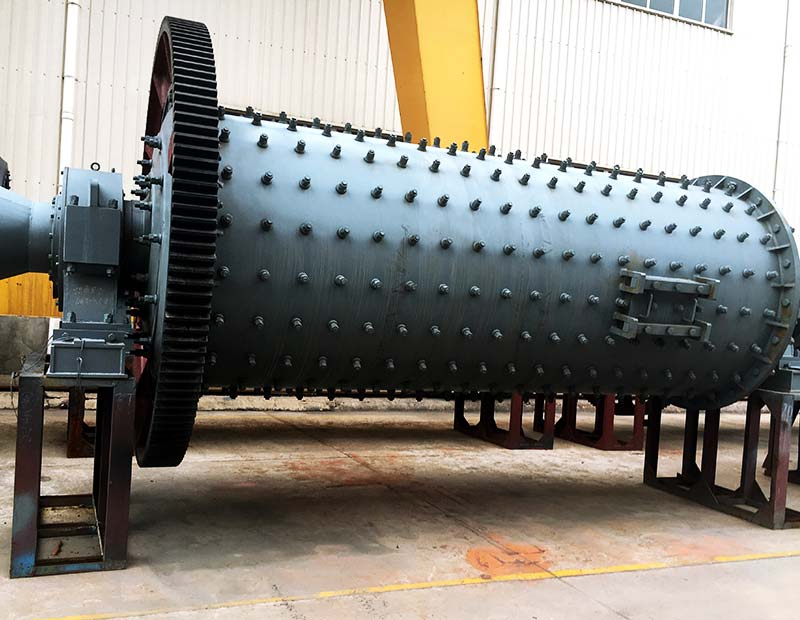The rod mill is named after the steel rod that is loaded into the cylinder as the grinding material. It can be used as a primary open circuit grinding machine and is widely used in artificial sand, mineral processing plants, and the power sector of chemical plants for primary grinding.
The rod mill is named after the steel rod that is loaded into the cylinder as the grinding material. It can be used as a primary open circuit grinding machine and is widely used in artificial sand, mineral processing plants, and the power sector of chemical plants for primary grinding.
Working principle:
The rod mill is driven by an electric motor through a reducer and peripheral large gear reduction drive, or by a low-speed synchronous motor directly through peripheral large gear reduction drive, to rotate the cylinder. The cylinder is equipped with appropriate grinding media - steel bars. The grinding medium is lifted to a certain height under the action of centrifugal force and frictional force, and falls down in a throwing or discharging state. The ground material continuously enters the cylinder through the feeding port, is crushed by the moving grinding medium, and is discharged from the machine through overflow and continuous feeding force for the next process operation.
Usage:
1. In the gravity or magnetic separation plants of tungsten tin ore and other rare metal ores, rod grinding is often used to prevent harm caused by over crushing;
When using a two-stage grinding process, if the first stage is ground from 20-6mm to 3-1mm, using a rod mill as the first stage grinding equipment will result in higher production capacity and efficiency. Because the surface area of a certain weight of rod load is much smaller than that of a ball load of the same weight, the productivity and efficiency of rod mill are lower than those of ball mill during the second stage of fine grinding;
3. In some cases, it can replace the short cone crusher for fine crushing. When dealing with softer or less hard ores (especially those with high viscosity), using a rod mill to grind 19-25 millimeters (or even 32 millimeters) of ore to 6-10 mesh is simpler in configuration and lower in cost compared to using a short cone crusher and sieve to form a closed circuit, and can simplify the dust removal in the crushing workshop. For hard ore, the method of forming a closed circuit with a short cone crusher and sieve may be more economical. In design, whether to use a ball mill or a rod mill for election must be determined by comparing and formulating a plan based on specific circumstances.

